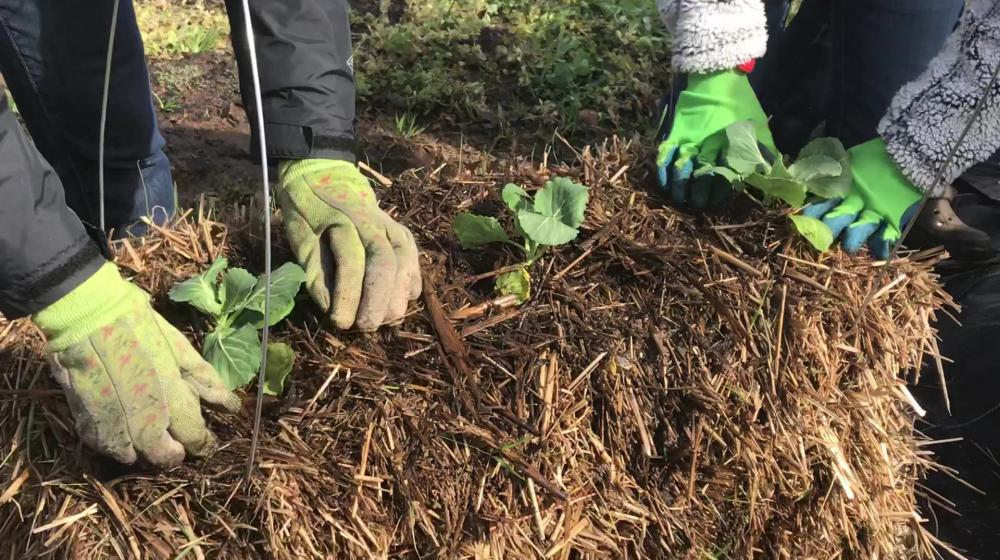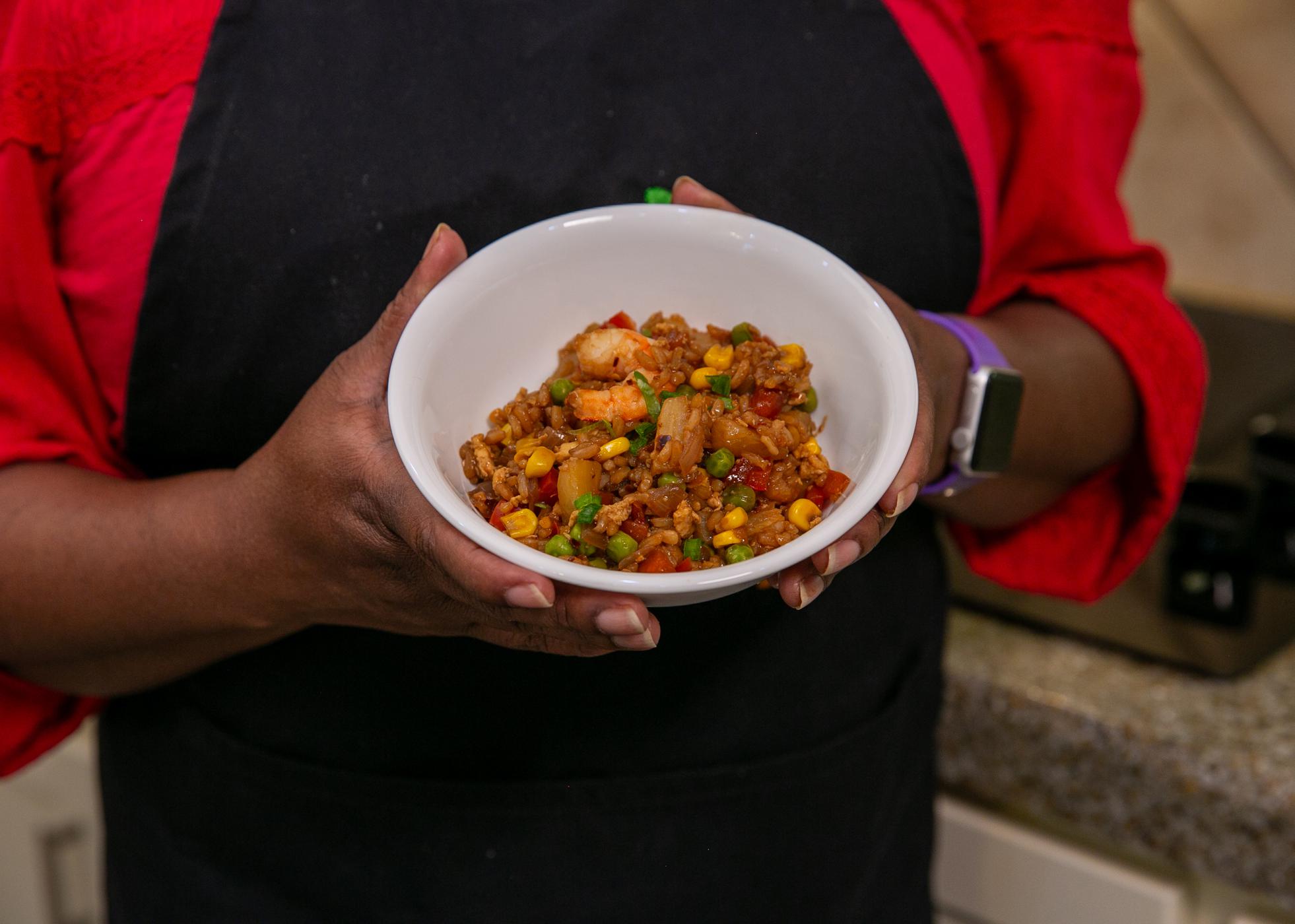Gardening in Straw Bales

Planting in bales can be a great option to consider when planting vegetables. (Photo by Alabama Extension)
Summertime means everyone is hard at work on their gardens. Gardening can be quite the tiresome project and can even be difficult for those who can’t bend over easily. That’s where hay or straw bales come in handy!
Planting in bales can be a great option to consider when planting vegetables. Straw bales are easy to stack so you can achieve the height needed for accessibility from a standing or sitting position. They are also great at holding water, making them perfect for gardening!
If you want to try out this method, it’s important to consider which type of bales you should use. Wheat, rice, and barley straw bales are ideal because they drain well. They also produce fewer weeds than using hay bales. Place your bales in a sunny spot and do not cut the twine that holds the bales together.
Before you can start planting, you need to fertilize the bales. Use one pound (two cups) of 10-10-10 or 13-13-13 fertilizer per bale. Pour the fertilizer into several holes across the top of the bales. When you finish fertilizing, water the bales thoroughly to make sure the composting process starts properly. You want the bales to stay moist, so be sure to water it daily for three days. After seven days of watering, you can start planting.
If planting seedlings or small vegetables, add potting mix to the hole to help retain moisture. For large vegetables, you can plant them directly into the straw bale without adding additional potting mix. Consider planting tomatoes, broccoli, cabbage, greens, cucumbers, herbs, and flowers when using this method. You can plant using seeds, but it is generally more difficult. If you want to give it a try, place two inches of potting mix on top of the straw bales and plant according to direction.
For more info on how to grow using hay or straw bales, check out Extension Information Sheet 1678, “Growing in the Bale.”
Subscribe to Extension for Real Life
Fill in the information below to receive a weekly update of our blog posts.









